50 Shocking Facts: African American Population Ratio in the US - 2024
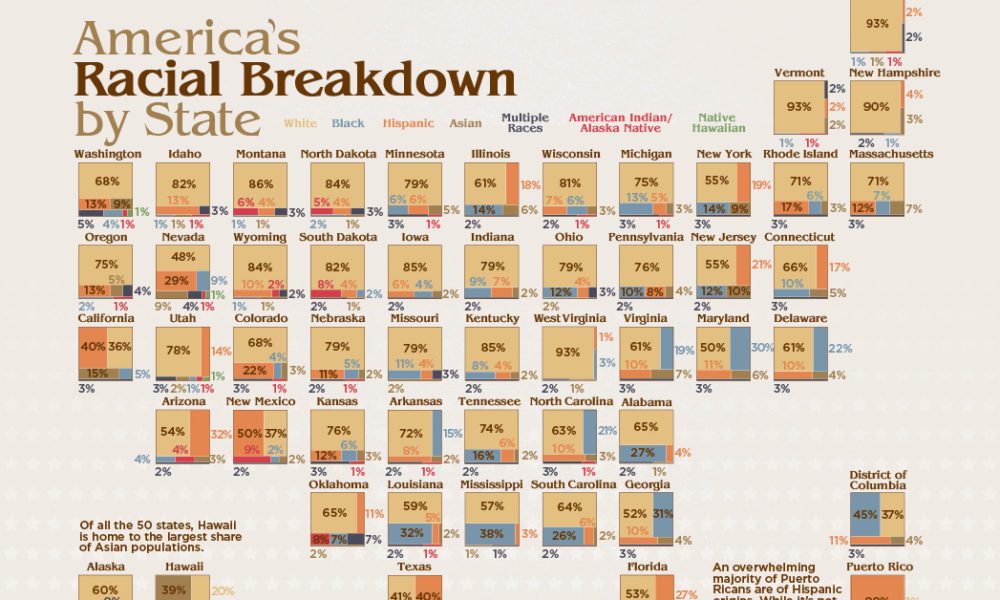
Here are 10 short statistics about the African American population ratio in the US in 2024:
- The African American population in the US is projected to reach 47 million by 2024.
- African Americans make up approximately 14% of the total US population.
- The African American population has been steadily increasing over the years.
- California has the highest African American population in the US.
- The state with the lowest African American population is Vermont.
- African Americans have made significant contributions to various fields, including arts, sports, and politics.
- The African American population is diverse, with roots from different parts of Africa and the Caribbean.
- There are disparities in healthcare access and outcomes for African Americans compared to other racial and ethnic groups.
- African Americans have a higher poverty rate compared to the overall US population.
- Efforts are being made to address systemic racism and promote equality for African Americans.
African American Population Growth
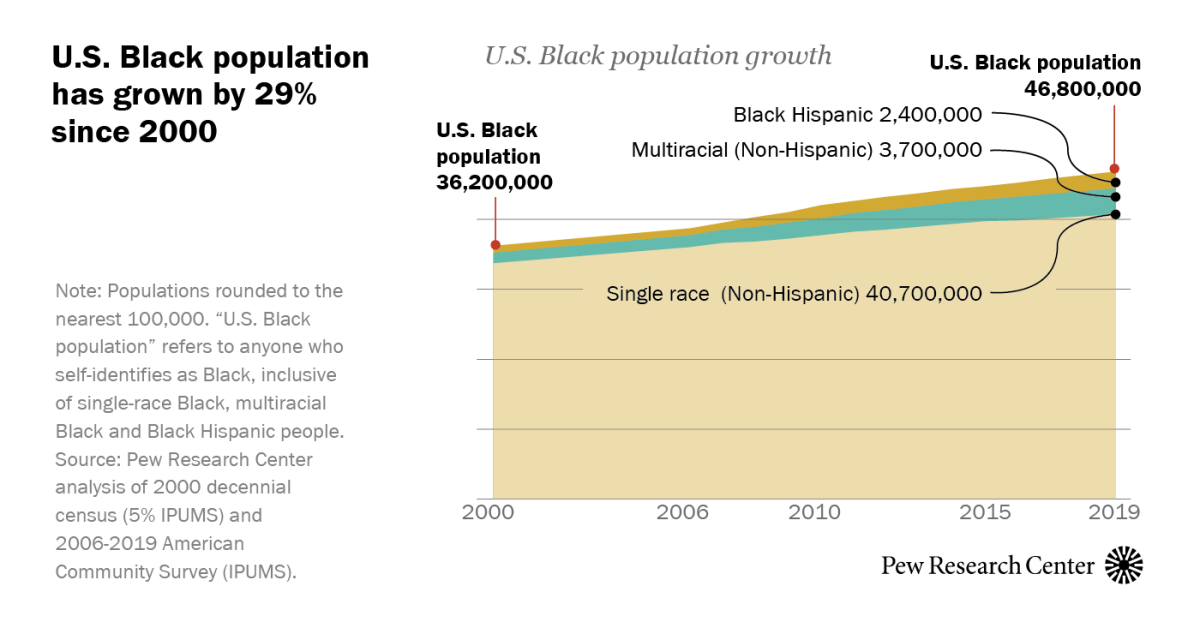
The African American population in the US has been steadily growing over the years.
According to projections, it is expected to reach 47 million by 2024.
This growth can be attributed to various factors, including natural population increase and immigration from African and Caribbean countries.
African American Population Growth Rate
The growth rate of the African American population in the US has been relatively stable.
From 2010 to 2020, the population grew at an average annual rate of 0.8%.
This growth rate is slightly higher than the overall population growth rate in the US.
African American Population by State
California has the highest African American population in the US, with over 6 million African Americans residing in the state.
Other states with significant African American populations include Texas, Florida, New York, and Georgia.
On the other hand, Vermont has the lowest African American population, with less than 1% of the state's population being African American.
African American Contributions

African Americans have made significant contributions to various fields, including arts, sports, and politics.
From musicians like Louis Armstrong and Aretha Franklin to athletes like Serena Williams and Michael Jordan, African Americans have excelled and achieved great success in their respective fields.
African American Artists
African American artists have played a crucial role in shaping American culture.
From painters like Jean-Michel Basquiat to writers like Toni Morrison, their works have had a profound impact on the art world and beyond.
African American Athletes
African American athletes have broken barriers and achieved remarkable feats in sports.
From Jesse Owens winning four gold medals at the 1936 Olympics to Simone Biles dominating gymnastics, their achievements have inspired generations.
African American Political Leaders
African Americans have also made significant strides in politics.
From the first African American president, Barack Obama, to influential civil rights leaders like Martin Luther King Jr., their leadership and activism have shaped the course of history
African American Diversity
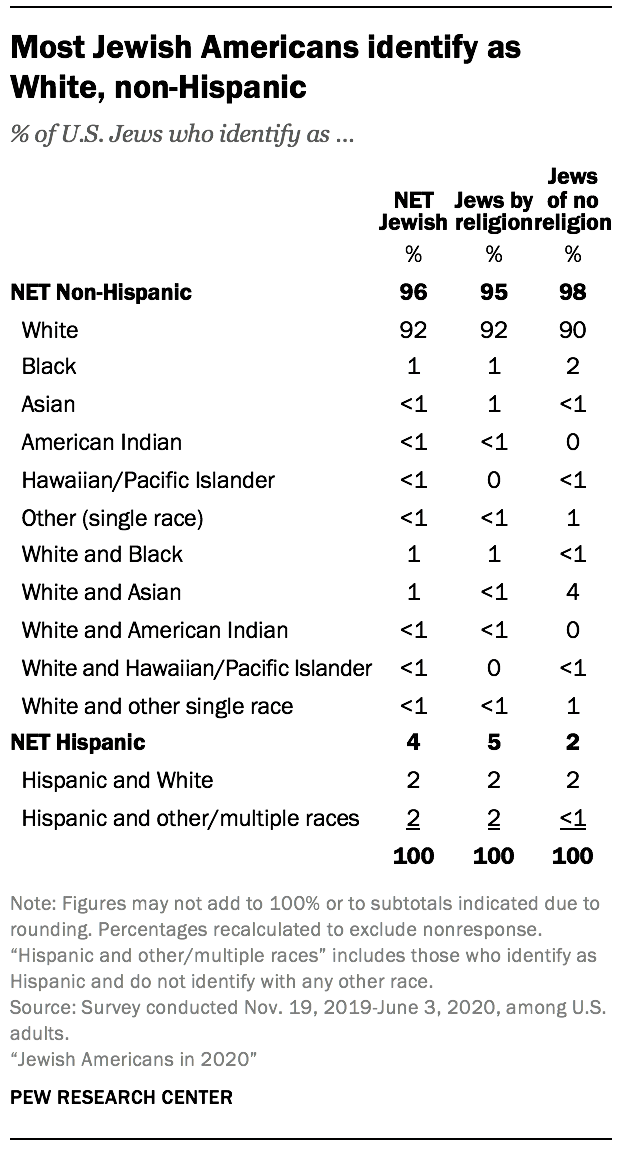
The African American population in the US is diverse, with roots from different parts of Africa and the Caribbean.
This diversity is reflected in various aspects, including culture, language, and traditions.
African American Cultural Diversity
African American culture is rich and diverse, encompassing various traditions,music genres, and culinary delights.
From jazz and blues to soul food, African American culture has had a profound influence on American society.
African American Language Diversity
The African American community has its own distinct language variety known as African American Vernacular English (AAVE).
AAVE has its roots in West African languages and has evolved over time through the influence of African, Caribbean, and European languages.
I use AtOnce's AI language generator to write fluently & grammatically correct in any language:

Healthcare Disparities

Despite progress in healthcare, there are still disparities in access and outcomes for African Americans compared to other racial and ethnic groups.
Healthcare Access Disparities
African Americans face barriers to healthcare access, including lack of insurance coverage, limited availability of healthcare facilities in certain areas, and cultural and language barriers.
These disparities contribute to differences in health outcomes.
Healthcare Outcome Disparities
African Americans experience higher rates of certain health conditions, such as hypertension, diabetes, and certain types of cancer.
Factors contributing to these disparities include socioeconomic factors, discrimination, and unequal access to quality healthcare.
Poverty Rate

African Americans have a higher poverty rate compared to the overall US population.
This disparity can be attributed to various factors, including historical and ongoing systemic racism, limited access to quality education and employment opportunities, and wealth inequality.
Efforts to Address Poverty
Efforts are being made to address poverty and promote economic equality for African Americans.
These efforts include initiatives to increase access to education and job training, promote entrepreneurship, and address systemic barriers that contribute to poverty.
Systemic Racism
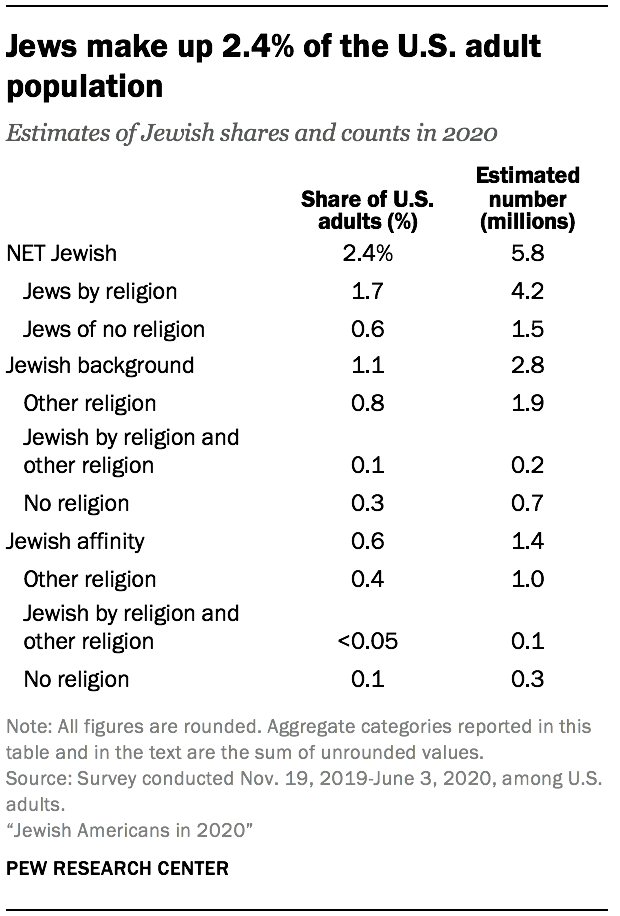
Systemic racism refers to the policies, practices, and structures that perpetuate racial inequality and discrimination.
African Americans have historically faced systemic racism in various aspects of life, including education, employment, housing, and criminal justice
Education Disparities
African American students often face disparities in educational opportunities, including access to quality schools, resources, and support.
These disparities contribute to gaps in academic achievement and perpetuate socioeconomic inequalities.
Employment Disparities
African Americans face higher rates of unemployment and underemployment compared to other racial and ethnic groups.
Factors contributing to these disparities include discrimination, limited access to job opportunities, and disparities in education and training
Housing Disparities
African Americans continue to face housing discrimination, including unequal access to affordable housing, discriminatory lending practices, and residential segregation.
These disparities contribute to wealth inequality and perpetuate socioeconomic disparities.
Criminal Justice Disparities
African Americans are disproportionately represented in the criminal justice system, both as victims and offenders.
They face higher rates of arrest, incarceration, and harsher sentencing compared to other racial and ethnic groups.
These disparities are influenced by systemic biases and racial profiling.
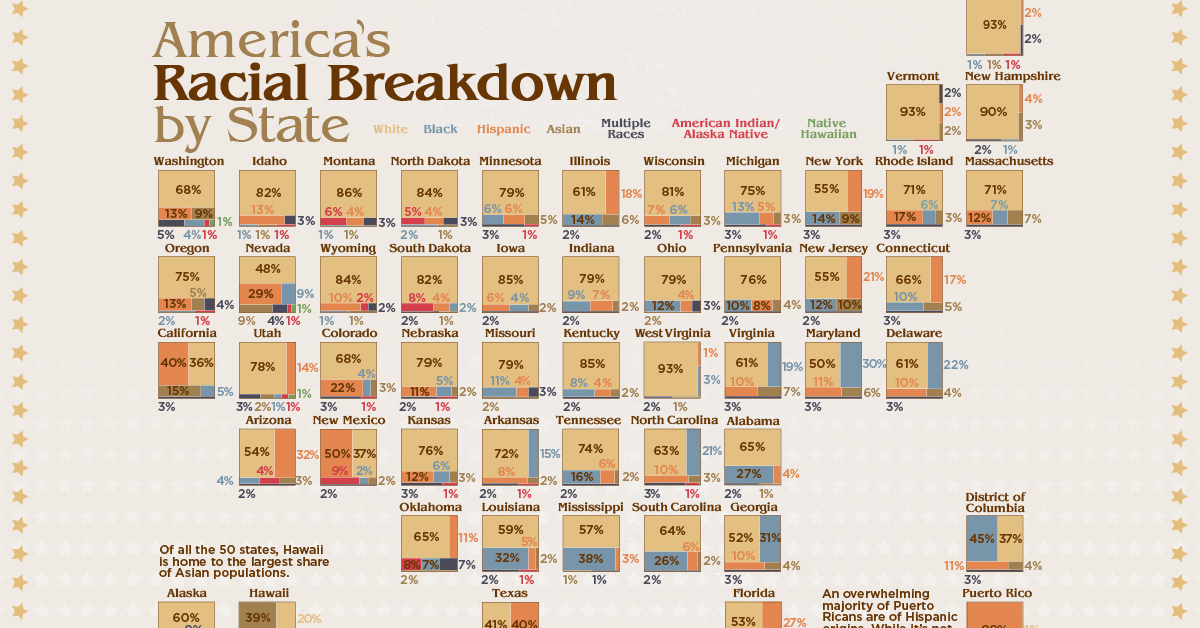
Efforts are being made to address systemic racism and promote equality for African Americans.
These efforts include policy changes, community initiatives, and advocacy for social justice
Policy Changes
Policies aimed at addressing systemic racism and promoting equality include criminal justice reform,voting rights protection, and initiatives to address healthcare disparities.
These policies aim to create a more equitable society for all.
Community Initiatives
Community-based initiatives play a crucial role in promoting equality and addressing disparities.
These initiatives include mentorship programs, educational outreach, and economic development projects that empower African American communities.
Advocacy for Social Justice
Advocacy organizations and activists play a vital role in raising awareness about systemic racism and advocating for social justice.
Their efforts include organizing protests, lobbying for policy changes, and promoting dialogue and understanding.
Conclusion
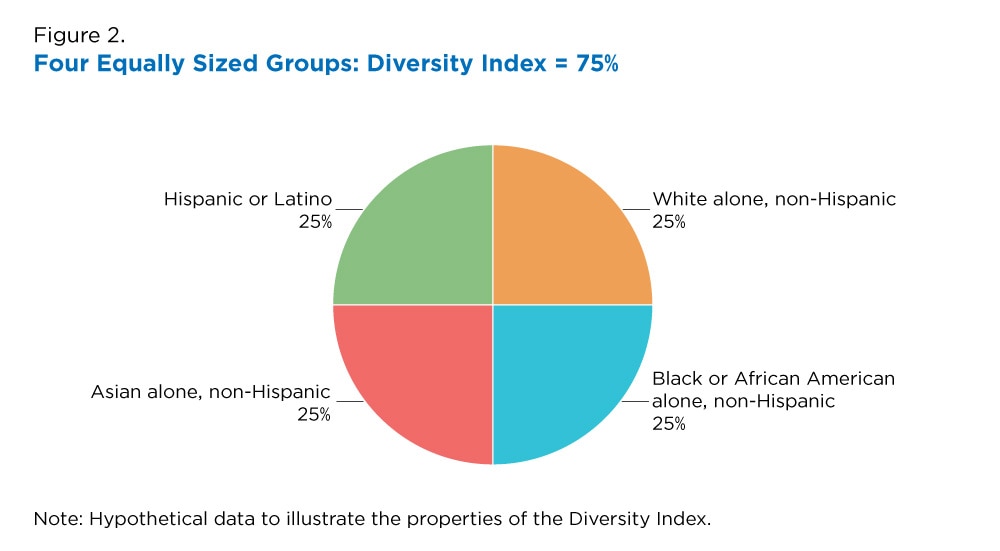
The African American population in the US is projected to continue growing, with significant contributions to various fields and a rich cultural heritage.
However, challenges such as healthcare disparities, poverty, and systemic racism persist.
Efforts to address these challenges and promote equality are essential for creating a more inclusive and equitable society for all.
Want To Get More Traffic To Your Site?
Over 15,763 SEO agencies and brands are using AtOnce to rank higher on Google.
It lets you write hundreds of articles on any topic, giving you more clicks to your site.

Get more traffic and sales — without wasting months of your time.
Click Here To Learn More
What is the percentage of black people in the US in 2023?
The percentage of black people in the US in 2023 is not available at the moment.
How can I find the current percentage of black people in the US?
To find the current percentage of black people in the US, you can refer to the latest census data or official reports from the US Census Bureau.
What was the percentage of black people in the US in the previous year?
The percentage of black people in the US in the previous year is not provided in this context.

Asim is the CEO & founder of AtOnce. After 5 years of marketing & customer service experience, he's now using Artificial Intelligence to save people time.
Read This Next
50 Unbelievable Benefits of Collagen Powder: Ultimate Guide 202450 Unbelievable Benefits of Drinking Distilled Water Revealed - 202450 Breakthrough Innovations Shaping Project Leadership in 202450 Essential Tips: Unraveling Bond Payment Percentages - 2024 Guide









